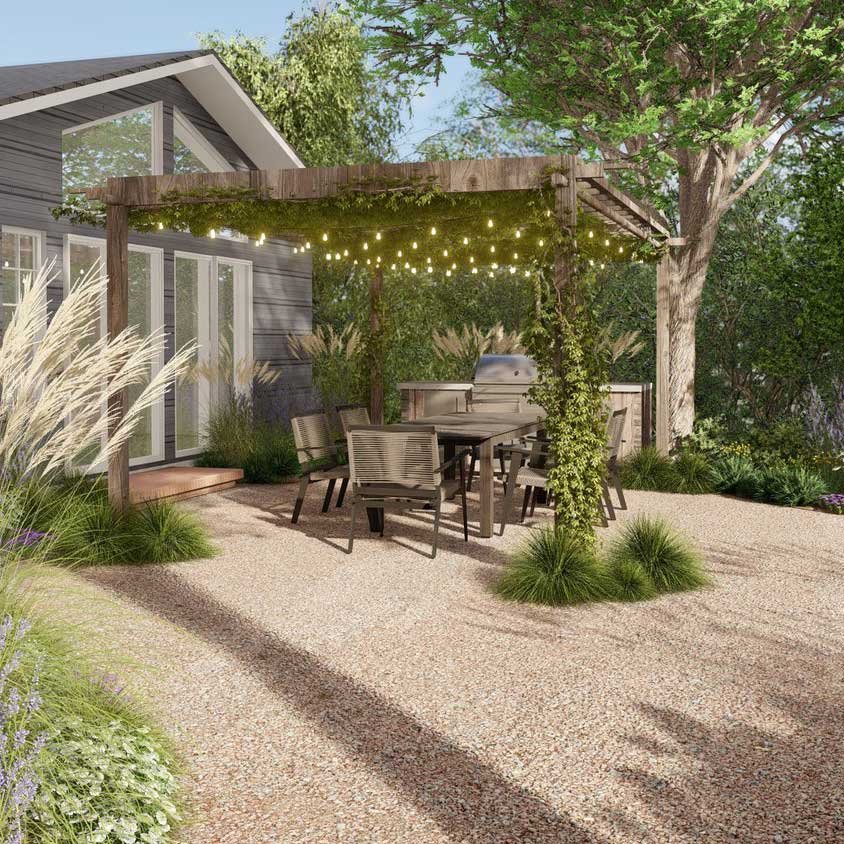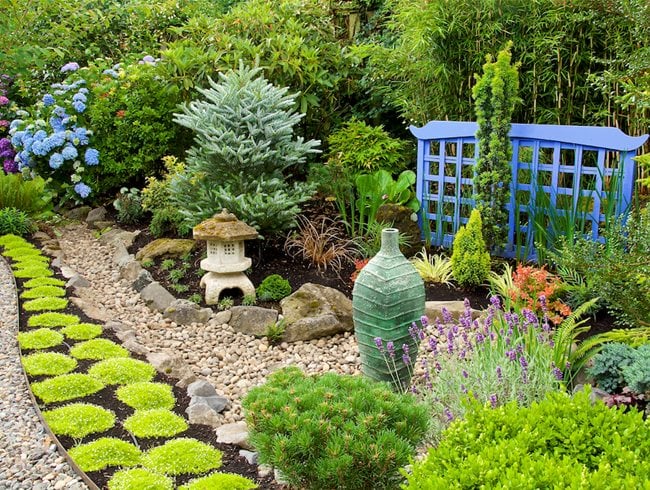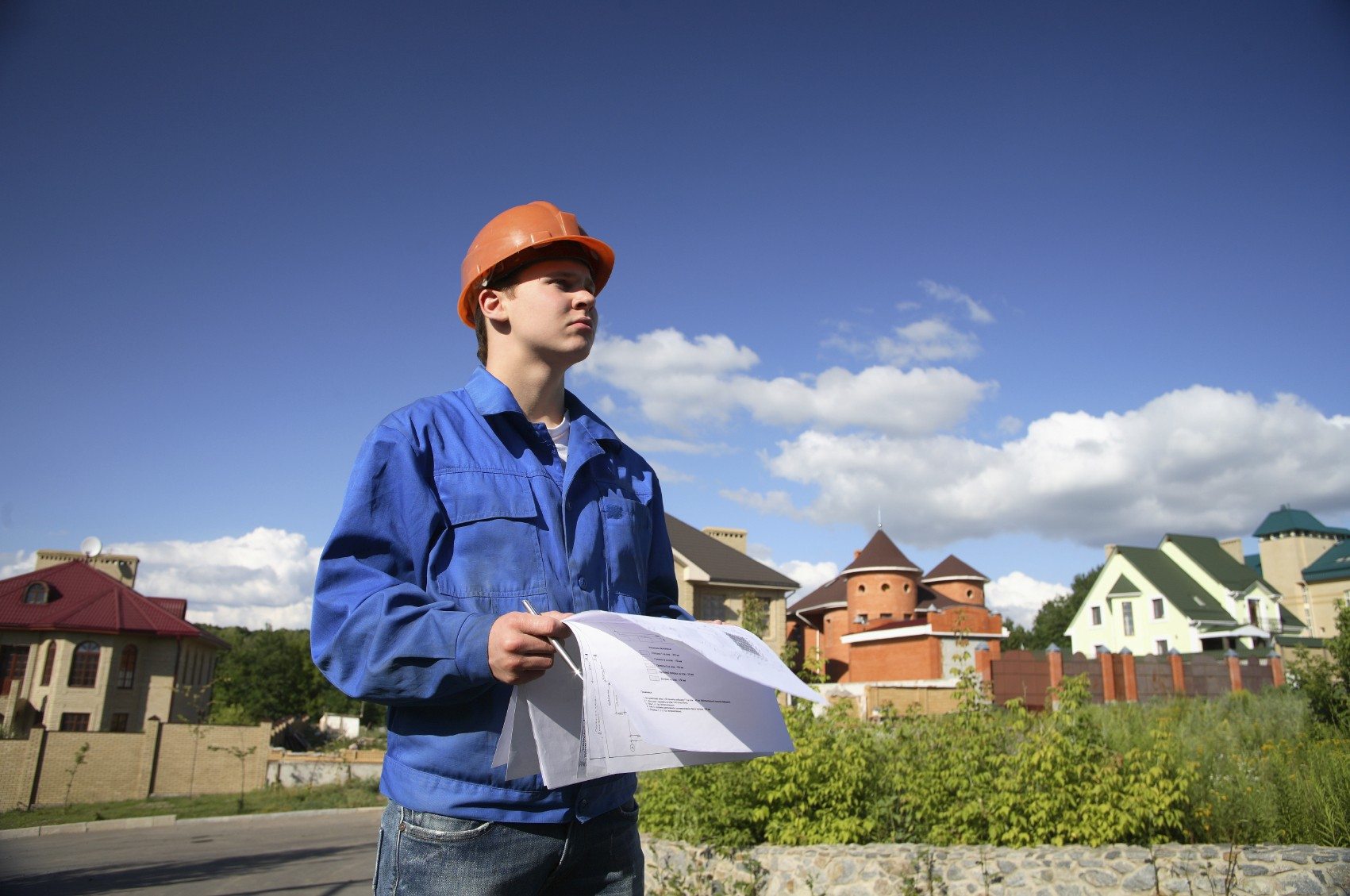The 30-Second Trick For Landscapers
The 30-Second Trick For Landscapers
Blog Article
Everything about Landscapers
Table of ContentsIndicators on Landscapers You Need To KnowThe Facts About Landscapers UncoveredWhat Does Landscapers Mean?Unknown Facts About LandscapersRumored Buzz on Landscapers
In the PNW there are semi-deciduous or semi-evergreen plants that may lose their fallen leaves depending on exactly how cool the winter season is. - A level gathering area, made of timber or composite material (made to look like wood), commonly surrounding or connected to a framework.

This is an all-natural process, and the result can be made use of for courses and outdoor patios. - Key landscape attributes being proposed in a landscape design strategy.
The 2-Minute Rule for Landscapers
These goals direct the layout procedure, not the developer's style or preferences. Typical style purposes in Portland are reduced upkeep, dry spell forgiving, and animal friendly.
Nonetheless, over time this layer can get very thick and make it difficult for water, sun, and nutrients to obtain to sections of the lawn.- The process of gathering and managing the circulation of water on a property. This can be finished with grading, French drains, dry wells, permeable surface areas, sump pump, rain gardens, and more.
Properties at the base of hills, with natural springtimes, or loaded with hefty clay have one of the most drainage troubles.- A slow-moving feeding irrigation system that makes use of adaptable tubes and emitters to send out an exact quantity of water per plant. This is one of the most reliable technique of watering plants. - The capacity of a plant to endure without much summertime water.
- A yard feature where water is stood for by an aggregate rock item, typically a crushed rock or granite. These are most generally located in modern-day and Japanese garden design.- A stone or natural flagstone patio area, path, or walkway constructed without a concrete base. The base would certainly be compressed gravel and the joints would certainly be an aggregate or walkable ground cover.
The 2-Minute Rule for Landscapers
- A rock retaining or totally free standing wall surface constructed without making use of mortar. A highly proficient mason is needed for a completely dry pile rock wall. The majority of walls in Portland are moist stacked, even if they show up to be. - A below ground framework that accumulate water and permits it to slow down percolate into the soil around it.
Landscape design that is suitable with useful content a sites' environment in both look and sustainability without adverse effects to the atmosphere. Bordering in the landscape is a line of separation that produces visual passion in the garden by dividing one section from another sector.
Locations can also sense of "unit" supplied by trees, other growings, fences, or displays. The landscape near the access to a building. A tree, hedge or creeping plant, educated to grow on a wall or fencing into a certain pattern. Specifically beneficial for fruit trees, making it easy find out to harvest the fruit and consisting of mess.
A plant that is not native to the location where it will be planted. Thicker bladed lawn lawn that spread by means of rhizomes.: The degree of soil on your building before bark dirt or garden compost is spread out.
Landscapers - Truths

The function, reason, or action that an area is be landscaped for. Staircases work, as an example, to enable foot web traffic up and down a slope. Area for expanding plants for checking out, consuming, or physical activity. A roofed building made use of over an outdoor celebration room. The growing of a seed, possibly describing a grass that is being expanded from seed.
Rock item, either rounded or fractured, that is reasonably tiny- typically 1" or less. Reduced plants that are allowed or encouraged to spread out over an area. Can refer to any kind of "hard" yard components including statuary or boulders yet most typically is used to describe paths, patio areas, and walls.: Height distinction between the level of water in a fish pond (or the level of the pump if it sits outside read here the pond) and the top outlet of water which influences performance of the water pump in gph (gallons per hour). Dense bushes or trees that develop a fencing, display, or boundary.

The Ultimate Guide To Landscapers
Standard PNW landscapes are casual. A plant that spreads out even more than preferred, or into environments where it does damages.
Can include head positionings and insurance coverage, pipeline sizing, GPM specs, and products needed to install this system. Certified expert that makes landscapes, coached in design and design as well as in horticulture.
Landscape developers typically have less schooling than Landscape Architects and are not accredited. A completed landscape style, describing all elements for the new landscape.
A water limited HDPE material utilized beneath fish ponds, streams and waterfalls in water attributes. Making use of many plantings of the exact same range to fill up in a location in the landscape.
Report this page